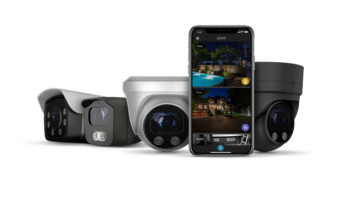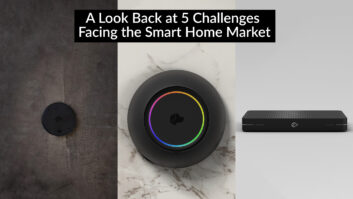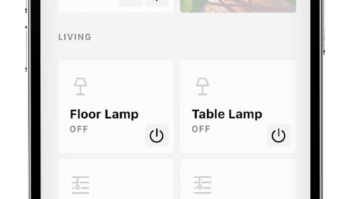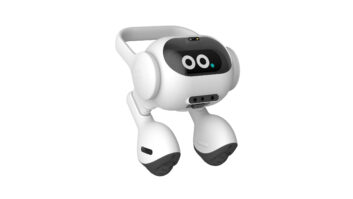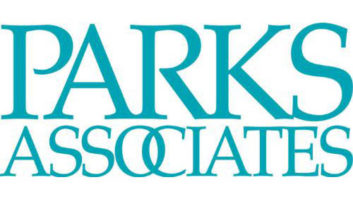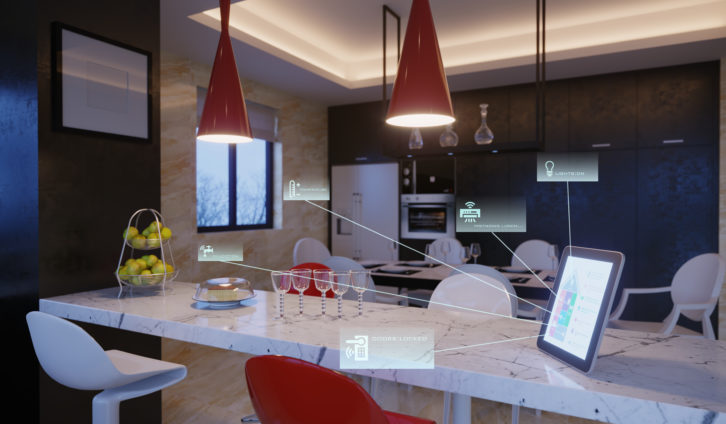
As the Internet of Things drives the development of new technologies, devices, and opportunities, it’s critical that residential professionals understand how this will expand and evolve the solutions they offer, and dramatically change their business. We live in a network-based, integrated world, and the days of installing isolated AV systems is gone. This year, as the industry begins to standardize and move away from multiple proprietary manufacturers’ platforms, a huge opportunity will open up for custom integrations — but we need to be ready for the shift.
While the promise of the smart home has been in discussion for several years, progress toward true integration has been slow, mainly due to a lack of interoperability between devices. The prevalence of competing standards and proprietary platforms has slowed growth and has limited opportunities by making it difficult for integrators to choose and move forward with a single standard.
Traditionally, AV systems have been isolated. They have their own technologies, physical connections, and management systems. For years, AV systems have held on to analog-based connectivity with a great deal of hands-on setup and operation. Now, that is all changing.
The Internet of Things and the digitization of everything is driving the realization that the future of AV is not merely just AV over IP. It’s not just that most systems will be computer, software, or app-driven, or will pull power from the same data and control connection. Systems now have the ability to reach toward complete integration and incorporate intelligent devices and sensors, allowing the AV world to begin to be managed without human intervention.
If we can move forward as an industry with an ecosystem based on standardization and interoperability, we can then move forward to develop many new business opportunities.
The ZigBee Alliance
Simply stated, the acceptance of a universal smart home standard in 2020 will allow devices from various participating manufacturers to be compatible, and the result will no doubt be positive for all. Integrators will have a vast toolbox of devices and solutions available to meet customer requirements, and manufacturers would have a platform for developing new products and system interactions that we have not yet even considered.
A draft standard based on the ZigBee platform is on track to be available later this year, and will be based on existing market technologies. ZigBee is an IEEE 802.15.4-based specification for a suite of high-level communication protocols used to create personal area networks with small, low-power digital radios, such as for home automation and other low-power, low-bandwidth needs. ZigBee is simple and affordable to deploy and has been engineered specifically for small-scale projects that need wireless connection. It should prove to be a perfect match for residential integrations.
Imagine the possibilities of next-generation residential integrations where all the home’s systems — lighting, security, HVAC, power, water, and AV — can share data and interact to deliver comfort and efficiency. Today’s IoT technology can allow homeowners to simplify, optimize, control, and manage all their smart home systems, but this level of interoperability can only be achieved by adopting an open integration standard.
Related: Connecting the Smart Home
New Standards, New Possibilities
With the popularity of voice-control systems, it’s not a huge leap to think that a homeowner should expect to walk into their home and say a command such as “Alexa, I’m Home,” and the house systems set themselves up for the evening — turning on lights, adjusting the AC, powering on TVs or music systems, essentially setting the mood for an evening at home. Or perhaps the owners want to review recorded video of the front porch to see who left a package, or turn on all exterior lights and lock all external doors with a single command, or carry on a web conversation as they move around the house, from room to room.
IoT technology is being deployed in almost countless ways, from controlling outlets to monitoring energy consumption to enabling thermostats to detect movement and adjust temperatures based on occupancy, to managing human-centric lighting and wearables that promote health and wellness — the point of all this being that today’s residential integrators need to move their expertise far beyond AV.
With this level of integration, AV systems can become outputs to other things. When an AV device is turned on, it can be a signal that someone’s in the room or home, so an occupancy sensor may not be needed. The AV devices — or any integrated device — can become the trigger itself. When we start thinking through all the possibilities that this opens up, every installation becomes a multi-faceted project where the definition of a traditional integration is redefined.
As systems realize the potential of interoperability, the benefits of connected technologies in the house will become clear. Integrators will be able to shift from focusing only on high-end audio/video to delivering a deeper range of value to the home.
2020 and Beyond
Today, we still mostly speak of residential and AV systems as stand-alone systems, but tomorrow we’ll talk in terms of data and the value of that data and what can be achieved with it across an integration. The utilization of information that’s currently left untouched will be a massive catalyst for change within our industry very soon.
As standardization evolves, installers will be able to take on larger, more complex projects, and provide more comprehensive, cost-effective, and reliable installations. With the adoption of the upcoming standard — backed by the biggest names in technology — the development and availability of smart home devices will increase exponentially.
In this time of transition, integrators must engage with manufacturers who can partner with them to deliver on these technologies. Integrators must seek out manufacturers that can provide a broad array of solutions to meet new market opportunities.
On the eve of our industry’s long-awaited first steps toward standardization, we must all now than ever, work to keep our AV solutions — and ourselves — connected.
Yann Morvan is director of strategy, IoT for Legrand North and Central America (LNCA). With over 20 years of marketing experience in various roles, Morvan now leads the definition of the strategies and cross-divisional activities for the advancement of IoT solutions as well as the management of Legrand’s Eliot program across the various divisions and sectors of LNCA: electrical, building controls, datacom, commercial AV, and lighting.
Want more stories like this delivered to your inbox every day? Then sign up for the free Residential Systems eNewsletter here.
